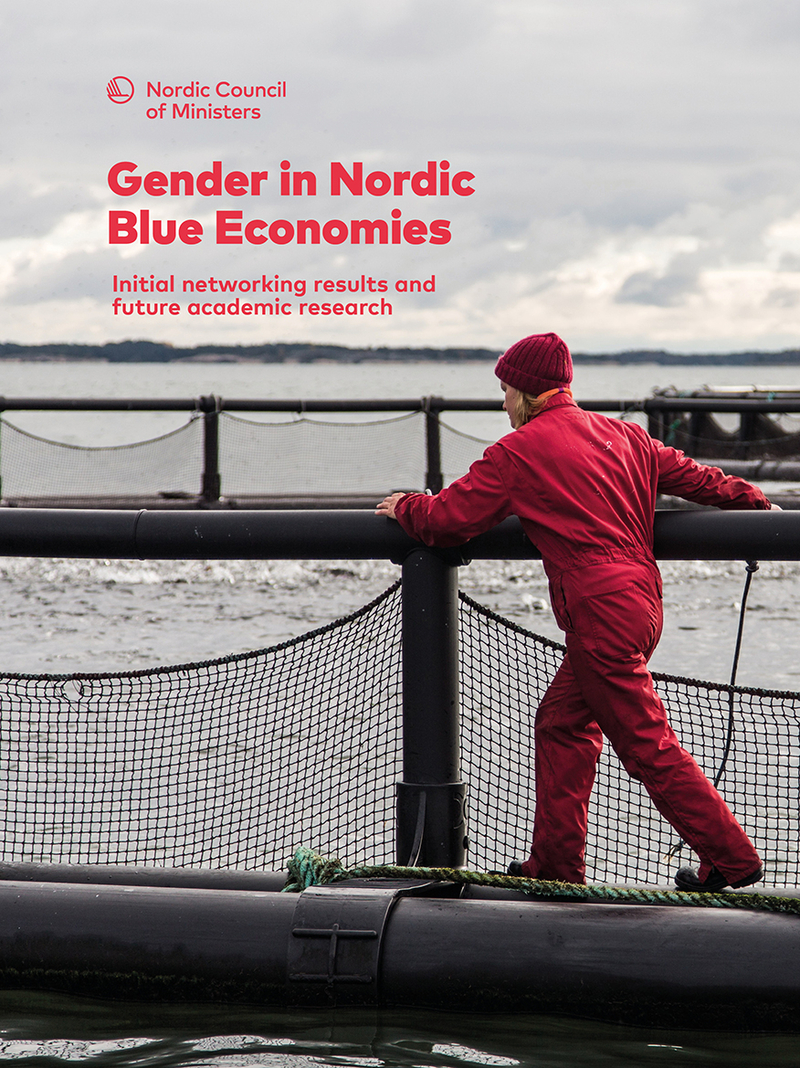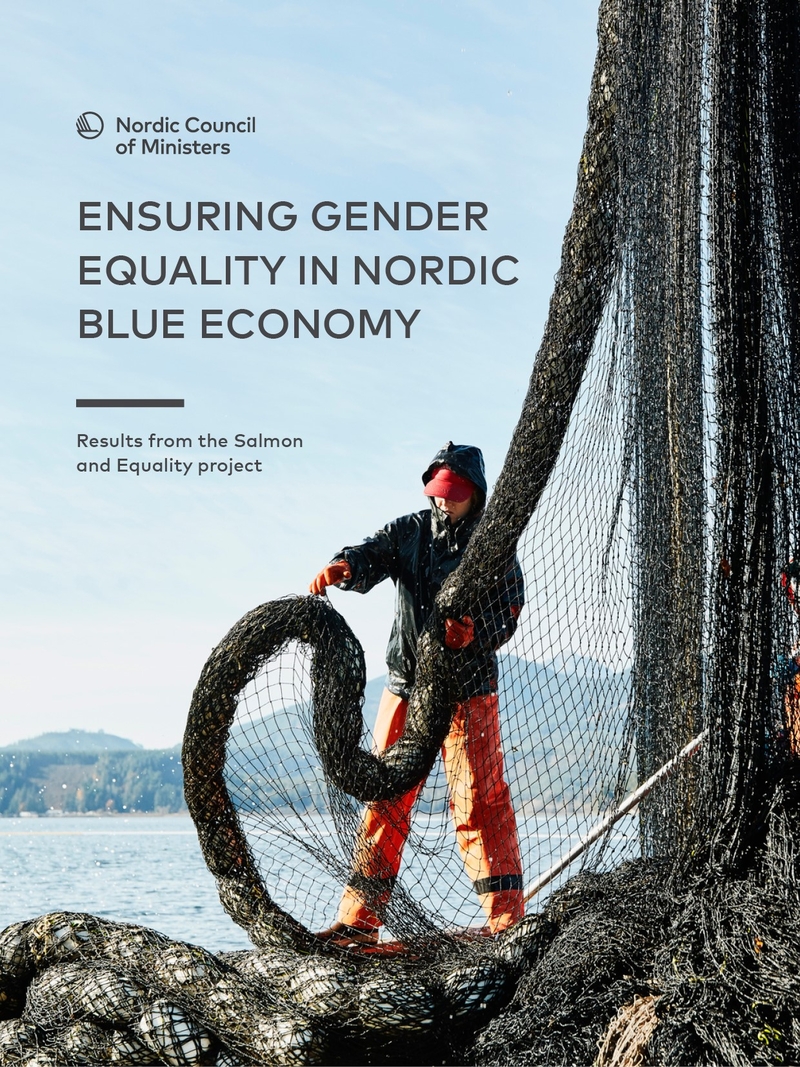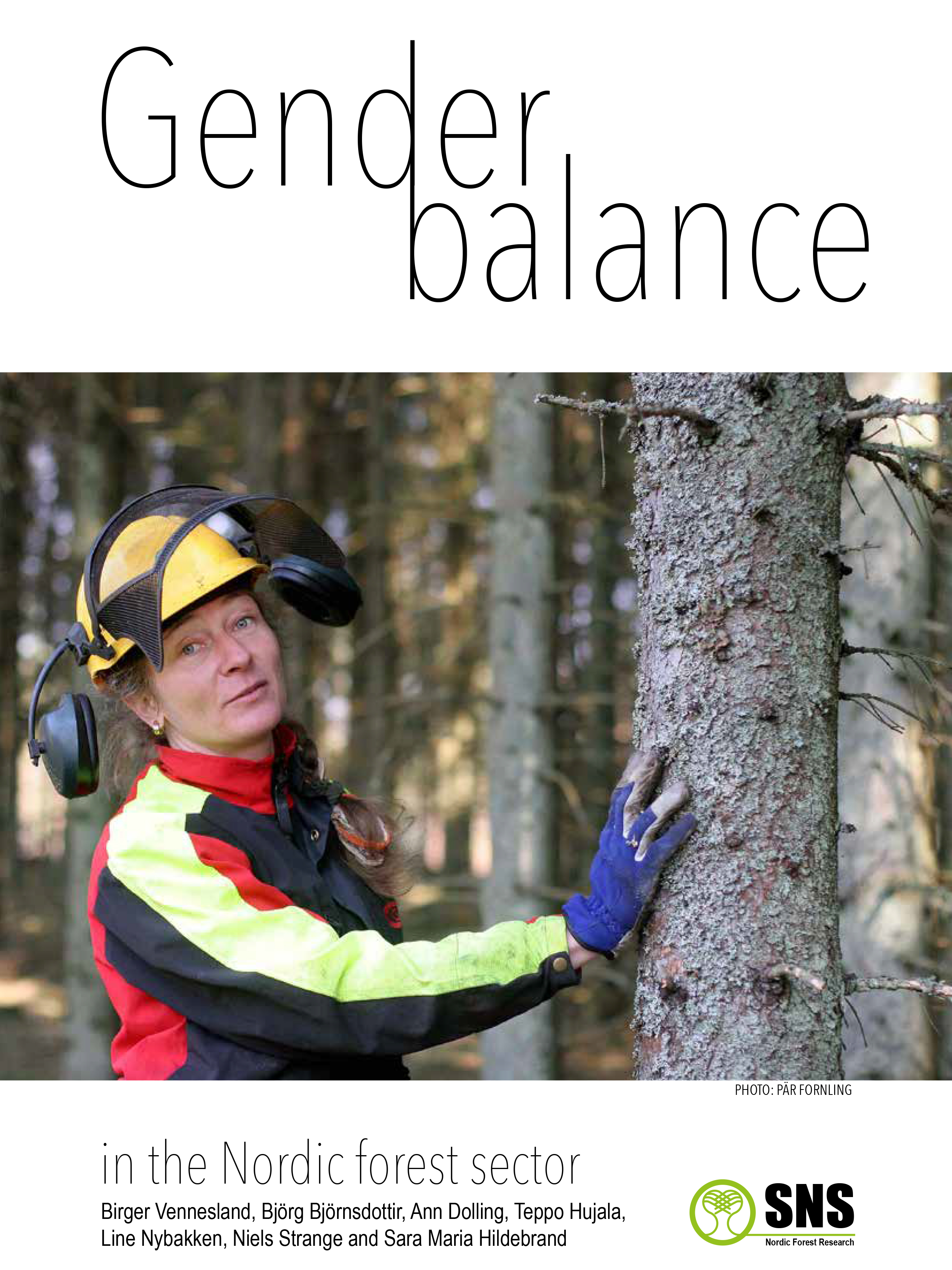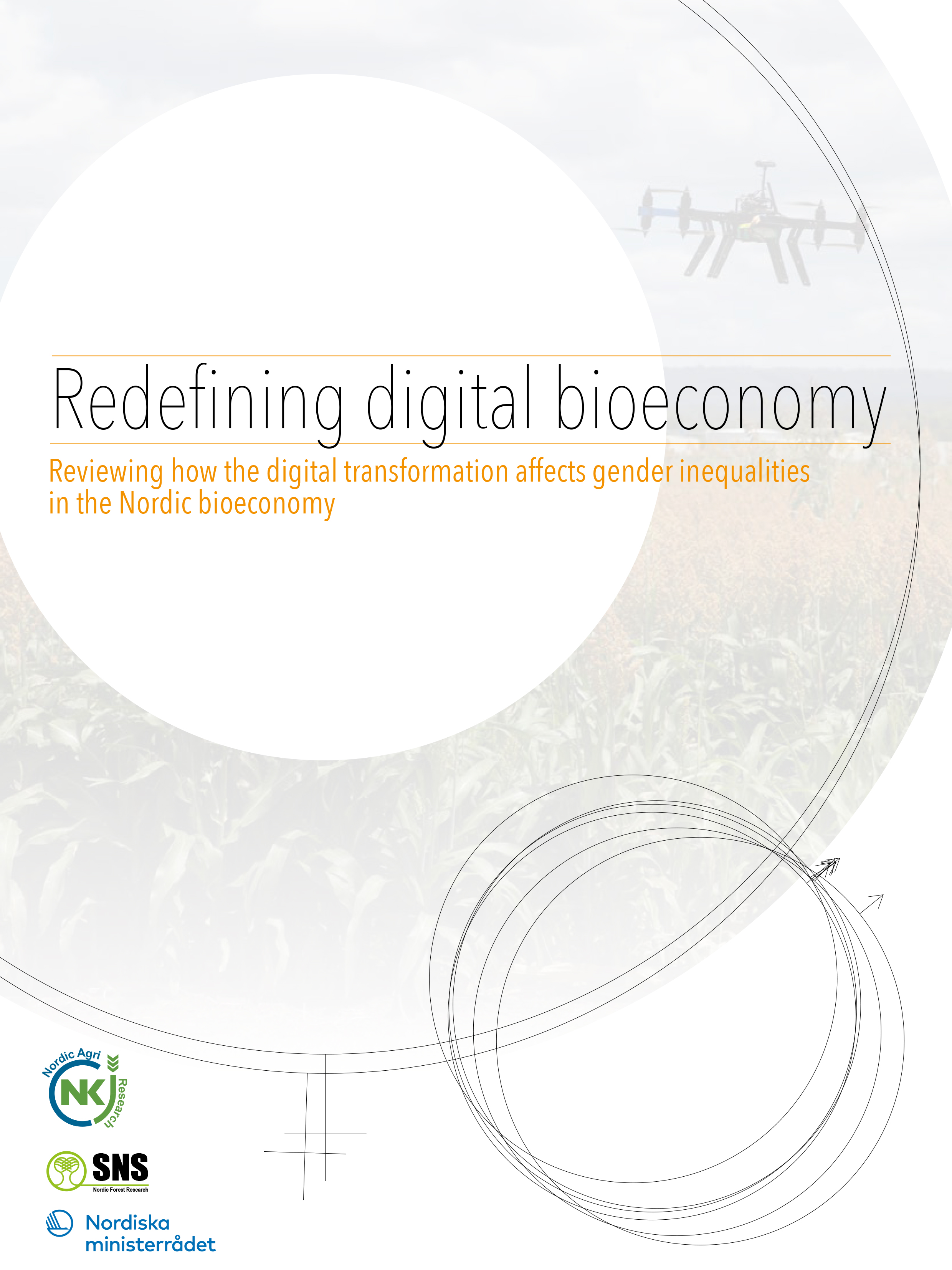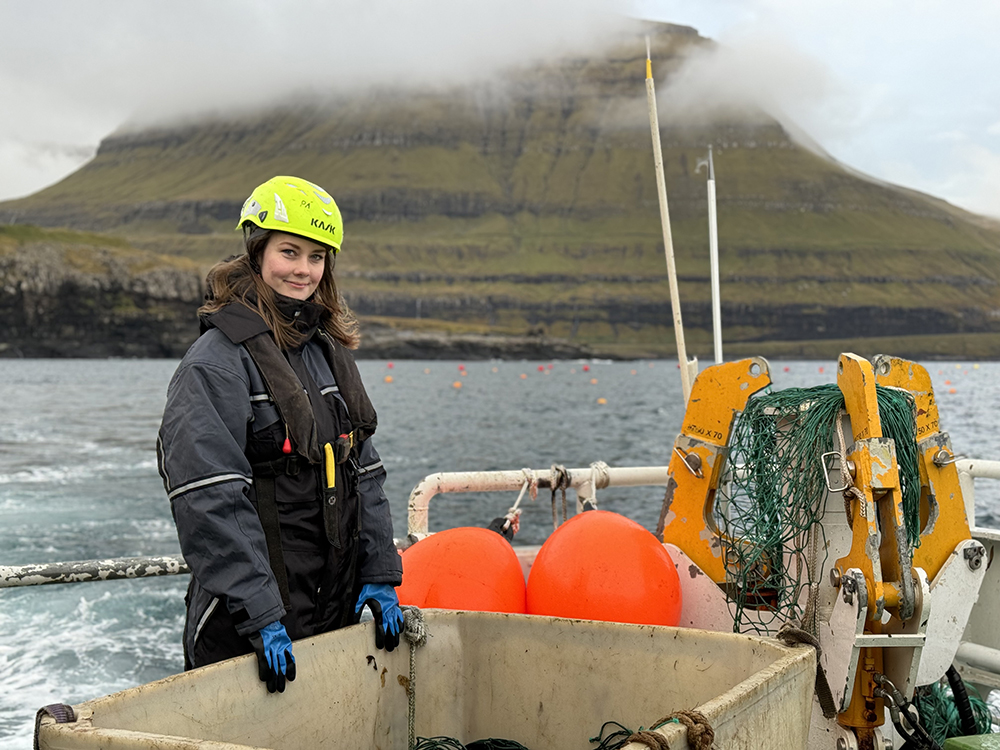
New female leadership in the blue-green economy
Women are more engaged in climate issues than men - but men have greater influence in the industries where climate issues have to be solved.
Greenland blue industries are good examples of this paradox, two giant industries with a major impact on the climate. They are hugely important to our economy and self-sufficiency, but at the same time, also deeply gender segregated.
Seas and forests are crucial for solving both the climate crisis and biodiversity crisis. They absorb substantial amounts of the carbon dioxide we emit and provide renewable raw materials that can replace fossil fuels and materials.
In the Nordic Region – world-renowned for its gender-equal societies – access to natural resources and influence in marine and forest management are unequally distributed between women and men.
Just like in all other parts of society and the economy, a systemic shift is needed in these industries to stop the climate crisis. Here, offshore wind power is now being established, wave power utilised, seaweed cultivated, forests replanted, and renewable fuel extracted.
The climate crisis requires the blue economy to be a source of new, more sustainable ways of fishing, maritime transport, biotechnology, tourism, fish farming, and extracting renewable energy from the sea.
This often requires a more educated workforce, and here lies a great potential to increase diversity and innovation by recruiting more women.
A new Nordic research overview shows that Nordic policy for the marine industries has so far been largely gender-blind and that gender equality has therefore lagged behind.
Nordic co-operation supports both the accumulation of knowledge and strengthened collaboration to promote change.
“Women are more engaged in climate issues than men - but men have greater influence in the industries where climate issues have to be solved.”
